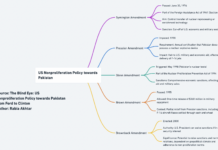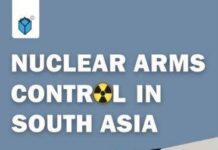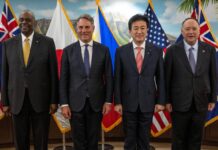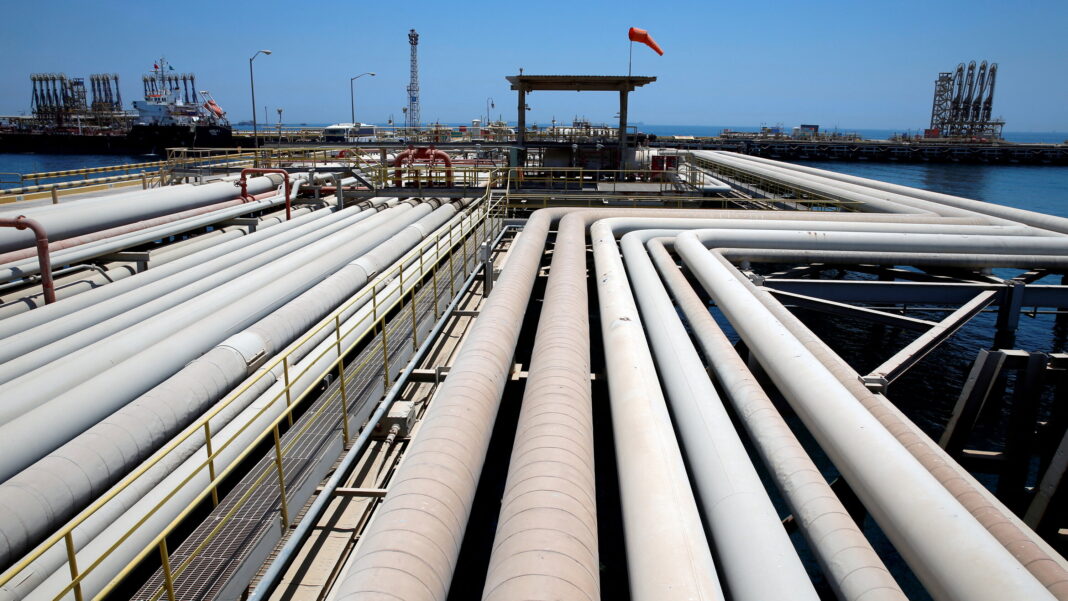Javed Hassan
In March 2020, at an OPEC+ meeting, Saudi Arabia pushed for a crude oil production cut of 1.5 million barrels per day (bpd), but Russia refused. It had already agreed to a 2.1 million bpd cut in December 2019 and was not going to have any more of it. In order to persuade Russia, the Saudis unleashed a price war by dropping official selling prices and ramping up output. In early April 2020, Russia reversed its strategy and agreed to a production cut of 9.7 million bpd, but this was too little and a month too late. COVID-19 had already hit global oil demand by as much as 30%, therefore requiring a 25 to 30 million bpd cut to avert oil price collapse. Supertankers, brimful with crude out on the high seas, struggled to find refineries willing to take on new supplies while storage capacity in Cushing and elsewhere filled up. Russia had badly miscalculated and every oil producer paid the price. A lesson was learnt that the price of noncooperation can be immediate and severe.
Most of the OPEC+ countries, with their heavy dependence on oil revenues, have had a history of suffering boom and bust cycles when high prices have resulted in a bonanza of dollars only to be followed by extreme downturns. The COVID-19 pandemic underscored this particular vulnerability, which had already been experienced during the great recession a decade earlier. Member states do not want to see a repeat of the 2008 and 2020 debacles. The improbable consensus within OPEC+ to slash oil production by 2 million bpd has to be seen in the light of what the oil producers experienced with the collapse in demand in the wake of the pandemic. So, when oil prices had slipped some 35% from their peak in March this year, on the back of the projected slowdown of the global economy, and with it, the possible future slashing of demand for oil and their incomes, the nervousness among the cartel member countries was palpable. OPEC+ was compelled to act to pre-empt a repeat of earlier extreme volatility.
If the member countries of the cartel successfully follow through, it would be the biggest cut in oil production since the start of the COVID-19 pandemic. However, it has been well documented over the years that OPEC has not been effective in enforcing oil production cuts so long as there has been the demand to absorb the “cheating” or overproducing beyond members’ assigned quotas. The expectation this time is that given that the members have limited overproduction capacity, “cheating’ will be limited. Just as importantly, countries such as Iraq, Libya, Nigeria, Venezuela, Algeria, and Iran are fiscally more vulnerable to low prices than the Emirates and Saudi Arabia. S&P Global Platts Analytics estimates that while Saudi Arabia, United Arab Emirates, and Russia’s fiscal breakeven Brent prices at USD79, USD65, and USD69 per barrel, respectively, in 2021, which is significantly lower than that of remaining OPEC members whose average fiscal breakeven price is well over USD120 per barrel. The outlook for these countries would be bleak with potential social unrest and political upheaval in the event of loss of revenue from an oil price collapse. Even Russia, a country that is already selling crude at discount to countries like India as a result of the Ukraine conflict, can ill-afford the price to fall.
Moreover, even before the announced cuts, OPEC members had not collectively utilized their assigned quotas, making the 2 million bpd cut more notional than real. Saudi Oil Minister Abdulaziz bin Salman al-Saud admitted as much and stated that the actual cut in output will be around 1-1.1 million bpd since OPEC members have been missing the previously agreed production baseline for months. Analysts tracking members’ productions and exports project the cuts to be around 1 million bpd. Therefore, the stars, appear to be aligned for cooperation that will ensure price stability through much more effective control of output than has been the case in previous bouts of volatility.
Not unexpectedly the announcement of the production cut has been excoriated by the Biden administration, and there is a cacophony of anti-OPEC rhetoric in Congress, especially that directed at Saudi Arabia. After Biden’s recent visit to Saudi Arabia, it came as a shock to the US administration that OPEC+ countries should choose to prioritize fiscal constraints over the electoral prospects of Democrat congressional candidates in the mid-term US election. In turn, officials from the kingdom have insisted that they must protect first their own economic interests. Defending the cuts Oil Minister Prince Salman al-Saud said, “We are concerned first and foremost with the interests of the Kingdom of Saudi Arabia” and added that the government has “an interest in being part of the growth of the global economy.”
The Biden administration and the US Congress have indicated that their criticism will be matched with measures not only to counteract potential oil price increases but also to impose a cost on Saudi Arabia. President Biden has authorized the release of another 15 million barrels from the Strategic Petroleum Reserve (SPR) sometime in December. It is aimed at ensuring there’s enough oil on the market to ensure petrol prices do not spike up irrespective of OPEC+ cuts. There are limits on how many more barrels can further be drawn from SPR given it is already at its lowest level in nearly four decades.
Some members of Congress have also called for cutting off security cooperation and arms sales to Saudi Arabia. The old proposal to downgrade U.S. military ties with the kingdom has been resuscitated. The White House has indicated an interest in the No Oil Producing and Exporting Cartels (NOPEC) legislation in Congress, which would empower the Justice Department to use U.S. antitrust laws to file lawsuits against OPEC+ countries and their state-owned oil companies. However, if the legislation is passed it is unclear how antitrust rulings would be enforceable in foreign countries. It would not only complicate US companies making investments in Saudi Arabia and other OPEC member countries but might also provoke other countries to take retaliatory measures. Given the added complications that could arise as a result of NOPEC, it is likely that the bill will be eventually put in cold storage once it has served the saber-rattling utility.
Although the threats of dire consequences may serve domestic politics, a realistic assessment will take into consideration United States’ broader regional security strategy at a time when tension remains high and the prospect of a new Iran nuclear deal is tenuous. Straining US-Saudi relations would serve Iran’s, and possibly Russia’s, ambitions across the region. The United States has to move carefully in a geopolitical landscape that is fluid and complicated.
It is also apparent that, under the de facto leadership of Prince Mohammed Bin Salman, Saudi decision-making will take into consideration U.S. interests, among others, but that will not be the only imperative. This has been underlined by the fact that, despite the crude oil production facilitating Russia’s Ukraine campaign, it has not deterred Saudi Arabia from leading the move to stabilize oil prices. In a complicated map where complex interests do not always converge, crude threats cannot be the basis of sensitive bilateral relations between two vitally important partners.
Javed Hassan has worked in senior executive positions both in the profit and non-profit sector in Pakistan and internationally. He is an investment banker by training. He tweets: @javedhassan.

















